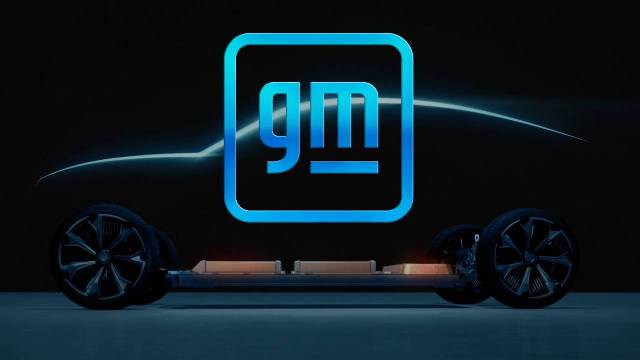Automobile giant GM announced that it aims to phase out sales of oil-powered light vehicles (LVs) by 2035.
The announcement – a part of a broader proposal to make the automaker a net-zero-carbon company — is a prominent signpost that oil demand from LVs has already peaked, according to a new analysis by Jim Burkhard and the IHS Markit Crude Oil Market Service.
IHS Markit places the peak for oil demand (gasoline and diesel) from LVs in 2019 when said demand averaged 29.1 million barrels per day (MMb/d). The peak in demand is due to the impact of rising vehicle fuel economy and emission standards, and as time goes by, from more sales of electric vehicles.
“The GM announcement is a notable signpost on the road to decarbonization of road transportation. It demonstrates growing acceptance of tighter vehicle emission standards and of the energy transition beginning to move at a faster pace,” Jim Burkhard, vice president, oil markets and mobility and energy future, IHS Markit, said.
Previous IHS Markit research projected that electric vehicles (including battery, plug-in hybrid and fuel cell electric) will comprise 60-80 percent of all new car sales in 2050 (compared to just 2.2 percent of new car sales in 2020, according to IHS Markit data).
Oil will still be the dominant energy source for transportation for years to come due to the sheer size of the global car fleet and the amount of time it takes for it to turn over.
In 2020, there were about 9.2 million light plug-in electric vehicles (PEVs) in the global light vehicle fleet. When you include 20,000 fuel cell electric vehicles, these vehicles displaced about 150,000 barrels per day (b/d) of oil consumption—less than 0.2 percent of world consumption. When you include electric city buses and two-wheelers, the amount of oil displaced by electric vehicles totals 370,000 b/d, or just 0.4 percent of world oil demand in 2020.
“By 2020 electricity use in road transportation had only displaced about 370,000 b/d of oil demand—0.4 percent of world oil consumption. But it is clear that this will rise. By 2025, as much as 1.5 MMb/d of oil will be displaced,” Jim Burkhard, vice president, oil markets and mobility and energy future, IHS Markit, said.
The amount of oil displaced by electricity will continue to rise, led by growth in PEV sales. IHS Markit estimates that by 2025 light PEVs will displace about 0.9-1.1 MMb/d of world oil demand. Adding in electric buses and two wheelers, oil displacement by electricity in road transport could hit 1.5 MMb/d—the equivalent of 1.4 percent of what IHS Markit projects for total world oil demand in 2025.
That much displacement is significant in the sense that oil-powered LVs were the biggest source of aggregate oil demand growth from 2000 to 2019. Increased electrification, along with rising fuel economy and emissions standards, will play an important role in the plateau and then decline of world oil demand that IHS Markit expects to emerge at some point over the next 10-15 years in its base case outlook.
“The GM announcement is the latest piece in a much larger story. It is further proof that, while the road ahead is still a long one when it comes to dislodging oil as the predominant transportation fuel, it is very much a one-way street and there is no turning back,” Fellipe Balieiro, director, mobility and energy future, IHS Markit, said.

